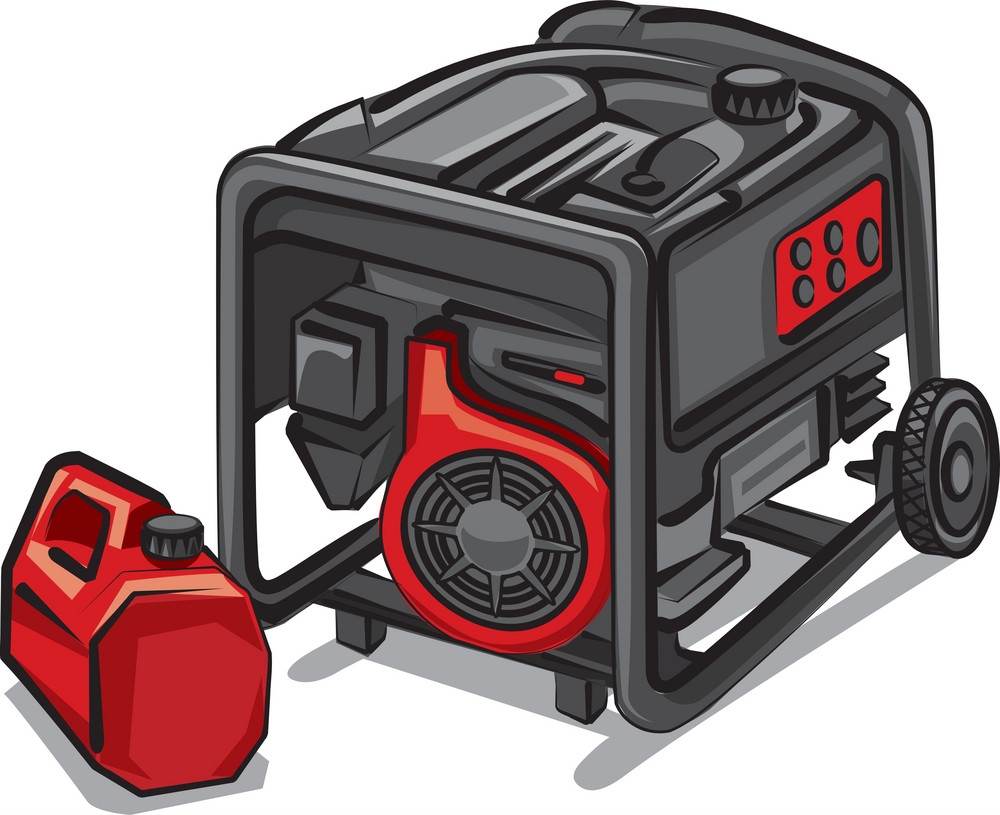Anywhere electrical power is essential such as, construction sites, campgrounds, and homes, a portable power generator will supply it. Not just for comfort, they power tools, medical equipment, and keep essential appliances operating. It is important that working a generator is done safely and suitable placement is paramount along with hooking it up and making connections. To prevent potentially life-threatening mishaps, you must follow these portable generator safety tips. For specific safety instructions make sure to read your owner’s manual that is particular to the model of generator you own.
General Safety
When a generator is currently in use, never try to refuel it. Turn the generator off and allow it to cool before adding fuel. When a generator is in operation, do not allow children to play near or around it. Burn and electrical hazards can injure a child. Disconnect loads from the generator before you turn it off and keep them disconnected until the generator is running again. When the generator is being used near your home or any other dwelling, make sure to use a battery-powered carbon monoxide detector. Keep combustible materials away from the generator. Generator exhaust contains carbon monoxide, an odorless, colorless gas that can quickly kill in a confined space. Never place a portable generator indoors, including the inside of a home, garage or shed, even if the windows and doors are open. No matter the fuel being used, windows and doors cannot provide enough proper ventilation for an internal combustion engine. Keep portable generators at least 10 feet from any dwelling including homes, tents, RVs, and campers. Make sure that your generator is far away from open doors, windows, or vents, as the fumes can seep into where you are residing. Also, be sure to place your generator downwind to avoid fumes entering the dwelling. Also, be mindful of the direction your exhaust may travel, and make sure to be aware of how close your neighbors are in relation to your generator. Position the ::generator:: on a stable, level surface that will not flood.
Using Extension Cords
Only use extension cords designed and rated for use outdoors. Extension cords should always contain a ground wire and possess three-pronged plugs and receptacles. Be sure to obtain cords that can support the amount of power the devices used will draw. Common wire sizes include 14 gauges for 15 amperes, 12 gauges for 20 amperes, and 10 gauges for 30 amperes. When the cords will carry close to their maximum rated load a lot more than eighty percent of times, step-up to another location (smaller gauge number) size cord. Extension cords beyond 100 feet require larger wires (smaller gauge number) to scale back voltage drop, which may cause motors to overheat or burn out. Don’t pinch extension cords in windows or doors, or use cords while they’re coiled up. Pinched wires can easily overheat and commence a fireplace. Uncoil cords before you make connections to keep them from overheating. Just use extension cords in good condition with unbroken sheathing and solid connections to plugs and receptacles.
Making Connections
Make connections between your portable generator’s convenience receptacles directly to appliances with extension cords.
Hook up an electrical generator into a home’s electrical system via a manual transfer switch. Never connect power to a house by backfeeding a product circuit including an electrical range or dryer outlet. Backfeeding can kill or injure utility workers.
On homes, a portable generator’s neutral and ground wire be bonded (connected) for the generator to fulfill OSHA safety regulations (unless a separate, approved ground is given). Connection of a job-site generator into a home’s manual transfer switch may require disabling the text before link with the switch. Look at the owner’s manual for instructions specific to grounding the portable generator.
For more info go to: www.NPSGenerac.com
